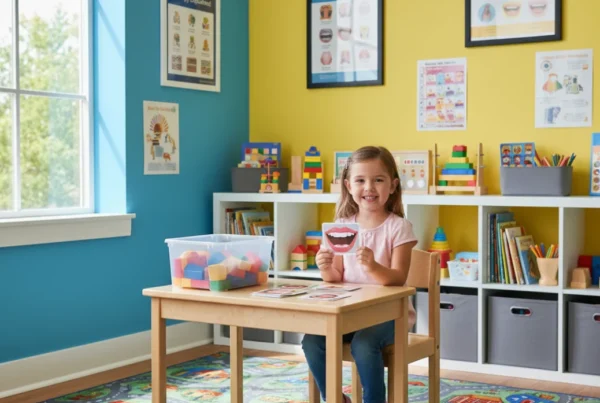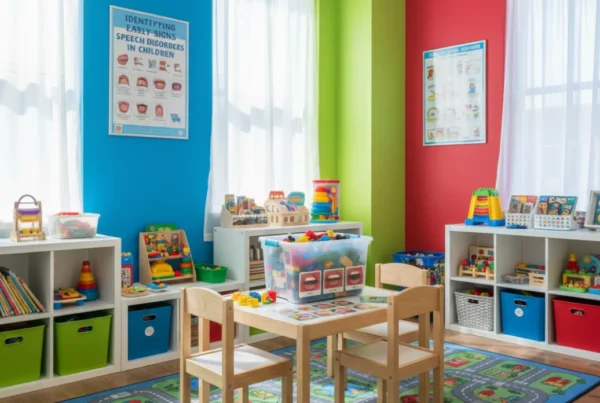Speech is one of the most important ways children express their thoughts and emotions. When articulation disorders occur, clear communication can become a challenge. Early identification and therapy help children build confidence and strengthen their ability to connect with others.
Jill Dews, M.A., CCC-SLP, founder of Let’s Talk Speech and Language Therapy in Mission Viejo, California, has spent over two decades helping children overcome speech and language difficulties. With her master’s degree in Communicative Disorders from California State University, Long Beach, and her compassionate approach to family-centered care, Jill ensures that every child receives individualized support designed for lasting progress.
Understanding Articulation Disorders
Articulation disorders affect how children produce specific sounds. A child may substitute one sound for another, leave out sounds, or distort them. These challenges can impact communication at home, in school, and during social interactions. Early recognition allows for effective treatment before habits become ingrained.
Families from neighborhoods like Pacific Hills, Arroyo Vista, and Evergreen Ridge often notice difficulties when their children struggle to pronounce certain sounds, such as “r,” “l,” “s,” or “th.” Recognizing patterns and seeking professional evaluation can make a significant difference in improving speech clarity.
Common Types of Articulation Disorders
Speech-language pathologists categorize articulation challenges into several main types. Understanding these helps parents recognize when to seek guidance from a professional. Each type may vary in severity, but all can be successfully treated through consistent practice and targeted therapy.
Frequent Speech Sound Errors
- Substitutions: Replacing one sound with another, such as saying “wabbit” instead of “rabbit.”
- Omissions: Leaving out sounds within a word, like “ca” instead of “cat.”
- Distortions: Producing sounds in an unfamiliar way that makes speech unclear.
These speech sound errors are common during early language development. However, if they persist beyond the typical age range, professional intervention may be necessary to help children speak more clearly and confidently.

Causes and Contributing Factors
There are several reasons why a child may develop an articulation disorder. These include physical factors, hearing issues, developmental differences, or environmental influences. Understanding the underlying cause helps therapists create an effective and personalized treatment plan.
Children who experience frequent ear infections or hearing loss may struggle to distinguish between certain sounds. Other times, limited exposure to speech models or oral-motor weakness can contribute to pronunciation challenges. Regardless of the cause, early therapy can significantly improve speech outcomes.
Comparing Typical Speech Development and Articulation Delays
| Category | Typical Development | Articulation Delay |
| Age Range | Gradual improvement through early childhood | Persistent errors beyond age 5 or 6 |
| Sound Production | Clearer articulation with growth | Ongoing substitutions or omissions |
| Communication Impact | Speech understood by peers and adults | Difficulty being understood in daily situations |
| Intervention Need | Monitoring during early years | Professional evaluation and therapy recommended |
Speech development varies from child to child. While some sound errors are normal at age three or four, persistent mispronunciations often signal the need for assessment by a speech-language pathologist.
How Speech Therapy Helps Children Improve
Speech therapy for articulation disorders focuses on helping children learn the correct placement and movement of the tongue, lips, and jaw to produce clear sounds. Therapists use structured activities, repetition, and games to make sessions engaging and productive.
Parents play an important role in the process. Practicing at home reinforces what children learn in therapy and builds consistency. Through guidance and encouragement, children develop confidence and mastery in expressing themselves.
Key Benefits of Speech Therapy for Articulation Disorders
- Improved speech clarity: Children learn to produce sounds more accurately.
- Increased self-esteem: Clear communication builds confidence in social situations.
- Better academic readiness: Stronger speech supports reading and writing development.
Consistent therapy creates long-term change, helping children speak with clarity and assurance both inside and outside of school.
Taking the Next Step
At Let’s Talk Speech and Language Therapy, Jill Dews, M.A., CCC-SLP, and her dedicated team create personalized therapy plans for each child’s articulation needs. Their goal is to build lasting progress through fun, family-inclusive sessions that make learning enjoyable.
If you notice that your child is struggling with certain sounds or feels frustrated while speaking, now is the time to schedule an evaluation. With professional support, your child can gain the skills and confidence to communicate clearly and thrive in every setting.
Let’s Talk Speech and Language Therapy
27285 Las Ramblas, Suite #210
Mission Viejo, California 92691
(949) 218-0508
Driving Directions
Jill Dews, M.A., CCC-SLP
CA License #: SP12461
Link to Verify License
Frequently Asked Questions
What age should my child have clear speech?
Parents want to know when to expect understandable speech and when delays may signal a need for help.
What people should be asking instead: At what age should my child be understood by people outside the family?
- By age four, most children’s speech should be clear enough that unfamiliar listeners understand nearly all of what they say, though minor mistakes (like /r/ or “th”) can persist until age six or seven.
- If your child’s speech is still difficult to understand by age five, or if you notice they’re missing key milestones for their age, a speech-language pathologist should evaluate them.
- Early assessment and intervention can prevent academic and social frustration as your child enters school.
ASHA’s Developmental Milestones: Birth to 5 Years
What causes articulation disorders?
Knowing the root cause guides both treatment and expectations for progress.
What people should be asking instead: What factors make a child struggle with certain speech sounds?
- Articulation disorders may result from hearing loss, recurring ear infections, oral-motor weakness, structural differences (like cleft palate), or overall developmental differences.
- Sometimes, no clear cause is found—these are called functional or idiopathic disorders.
- A certified speech-language pathologist uses assessment tools to identify the cause and craft a personalized treatment plan.
Speech Sound Disorders: Articulation and Phonology – ASHA
How long does speech therapy take?
Parents hope for a realistic timeline for progress so they can stay engaged and support their child at home.
What people should be asking instead: What influences the length of a speech therapy program for my child?
- Most children show progress in speech therapy within a few months if sessions are regular and there’s home practice, but complex cases may require more time.
- Treatment duration depends on the child’s age, specific disorder, therapy frequency, and consistency of practice outside the clinic.
- Regular communication with your speech-language pathologist and reinforcement of skills at home help speed up progress for most children.
How Long Does Speech Therapy Take? Your Guide to Progress (Connected Speech Pathology, 2025)





